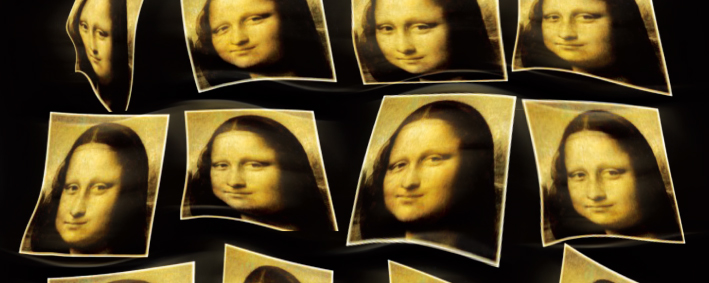 |
CCHU9045 Arts and HumanitiesVision: The Science and Art of PerceptionThis course is under the thematic cluster(s) of:
|
Course Description
We use vision as a means to illustrate that perception depends on the interaction of body and mind. The course will cover the following topics: (i) “Seeing is believing” – Our eye can be easily fooled and sometimes we see what we want to or expect to see. Under this topic, we will learn how we see and explore the nature of illusion, delusion and hallucination; (ii) “Can we trust our eyes?” – This looks at social media. We will examine how a picture tells a story and find out how our perception can be manipulated to influence our perception; and (iii) “Looking at you, looking at me” – Popular culture can objectify our bodies and endorse a value system that is based on self-image and physical attractiveness. The way we see ourselves and others affects the way we think, feel and behave. All of this is at play in the art and science of perception.

Course Learning Outcomes
On completing the course, students will be able to:
- Compare the way pictures are captured by a camera with the perception we acquire through sight.
- Analyze how misinformation is widespread to influence our perceptions.
- Differentiate when it comes to beauty, the subjective from the objective.
- Analyze the nature of conflicts between people and ways to resolve the disputes.
Offer Semester and Day of Teaching
Second semester (Wed)
Study Load
| Activities | Number of hours |
| Lectures | 24 |
| Tutorials | 12 |
| Reading / Self-study | 40 |
| Finding materials from the Internet/magazines, newspapers or books | 10 |
| Assessment: Reflective writing | 6 |
| Assessment: Essay writing | 20 |
| Assessment: Presentation | 16 |
| Total: | 128 |
Assessment: 100% coursework
| Assessment Tasks | Weighting |
| Essay | 40 |
| In-class presentation | 30 |
| Class discussion | 10 |
| Reflective writing | 20 |
Required Reading
- Alissa, I. (1995). The illusion of reality or the reality of illusion – Hallucinations and culture. British Journal of Psychiatry, 166, 368-373.
- Bottino, A., & Laurentini, A. (2010). The analysis of facial beauty: An emerging area of research in pattern analysis. Lecture Notes in Computer Science, 6111, 425-435.
- Cross, J. F., & Cross, J. (1971). Age, sex, race, and perception of facial beauty. Developmental Psychology, 5(3), 433-439.
- Duane, P. S., & Sydney, E. S. (2005). Theories of personality (9th ed.). Wadsworth Learning.
- Jefferson, Y. (2004). Facial beauty – Establishing a universal standard. International Journal of Orthodontics, 15(1), 9-22.
- Patnaik, V., Rajan, S., & Sanju, B. (2003). Anatomy of “A beautiful face & smile”. Journal of the Anatomical Society of India, 52(1), 74-80.
Course Co-ordinator and Teacher(s)
| Course Co-ordinator | Contact |
| Professor A.P.Y. Liu Department of Paediatrics and Adolescent Medicine, Li Ka Shing Faculty of Medicine |
Tel: 2255 4482 Email: apyliu@hku.hk |
| Teacher(s) | Contact |
| Professor A.P.Y. Liu Department of Paediatrics and Adolescent Medicine, Li Ka Shing Faculty of Medicine |
Tel: 2255 4482 Email: apyliu@hku.hk |
| Professor G.C.F. Chan Department of Paediatrics and Adolescent Medicine, Li Ka Shing Faculty of Medicine |
Tel: 2255 4482 Email: gcfchan@hku.hk |
| Dr M.M. Marcet Department of Ophthalmology, Li Ka Shing Faculty of Medicine |
Tel: 2255 5632 / 3962 1405 Email: marcet@hku.hk |
| Professor K.C. Shih Department of Ophthalmology, Li Ka Shing Faculty of Medicine |
Tel: 2817 5085 Email: kcshih@hku.hk |

